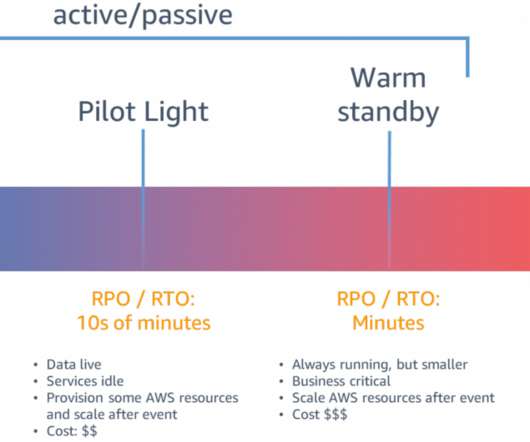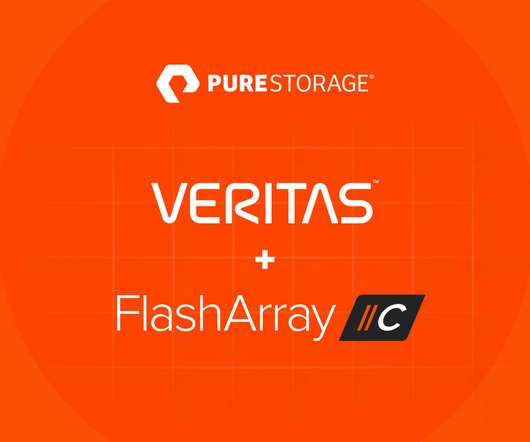Business Continuity vs. Disaster Recovery: What’s the Difference?
Pure Storage
MAY 7, 2024
Disaster recovery , often referred to simply as “DR,” ensures that organizations can rebound quickly in the face of major adverse events. Business continuity planning addresses the big picture, including a broad range of operational functions, whereas disaster recovery planning deals primarily with IT infrastructure and data recovery.















Let's personalize your content